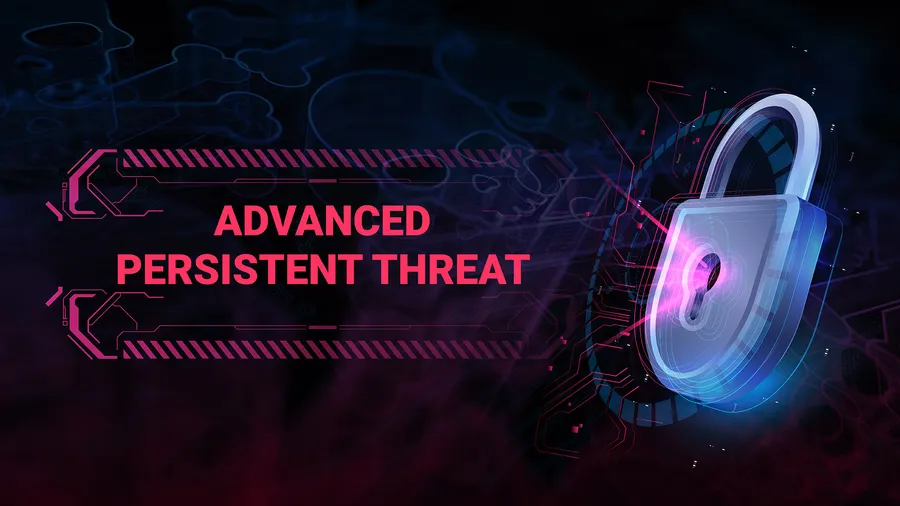Cyber Threat Intelligence Taxonomy
 Chfix
Chfix
In the ever-evolving world of cybersecurity, understanding how attacks occur and who is behind them is essential for building effective defense strategies. As Sun Tzu wisely noted, "Know the enemy and know yourself in a hundred battles you will never be in peril." This ancient wisdom emphasizes the importance of comprehending both adversaries and one’s own defenses. This post delves into the taxonomy of Cyber Threat Intelligence (CTI), focusing on common attack vectors and their real-world impacts. Let’s explore these elements and understand how they shape our cybersecurity approach.
Threat Actor Profiles: Who’s Behind the Curtain?
Before we dive into attack vectors, it’s crucial to grasp who the attackers are. Threat actors can range from individual hackers to large, organized groups, each with different motives and methods.
Common Characteristics and Behaviors
Nation-State Actors: These sophisticated attackers often have political or strategic objectives. For instance, APT29, also known as Fancy Bear, is a group tied to espionage activities targeting high-profile government and corporate entities.
Hacktivists: Driven by political or social agendas, hacktivists might deface websites or leak information to advance their causes. One notable example is the 2015 attack on Sony Pictures by the Guardians of Peace, where political motives played a central role.
Case Studies of Notable Threat Actors
To illustrate how threat actors operate, consider the 2017 Equifax breach. Attackers exploited a vulnerability in a widely-used software framework, Apache Struts, which led to the exposure of sensitive personal data from over 147 million individuals. This breach highlights the critical importance of timely vulnerability management and effective patching.
Understanding Attack Vectors: How Cyber Threats Penetrate Systems
Attack vectors are the methods or pathways used by cybercriminals to exploit vulnerabilities and gain unauthorized access. Let’s examine some common attack vectors through real-life stories to see how they impact organizations.
1. Phishing: The Art of Deception
Phishing involves sending deceptive emails or messages to trick recipients into revealing sensitive information. These communications often mimic legitimate sources, making them hard to distinguish from genuine messages.
Story: Imagine receiving an email that appears to be from your bank, asking you to confirm your account details. This is exactly what happened during the 2016 Democratic National Committee (DNC) breach. Attackers sent spear-phishing emails to gain access to sensitive internal communications, which were later leaked, causing significant political and security repercussions.
2. Malware Delivery: Sneaky Software Intrusions
Malware is malicious software designed to disrupt or damage systems. It often arrives through email attachments, malicious downloads, or compromised websites.
Story: In 2017, the WannaCry ransomware attack showcased the destructive power of malware. This ransomware spread through a worm that exploited a Windows vulnerability, encrypting files on affected computers and demanding ransom payments. The attack caused widespread disruption, illustrating the need for effective patch management.
3. Exploitation of Vulnerabilities: Taking Advantage of Weaknesses
Exploitation involves leveraging vulnerabilities in software, hardware, or protocols to gain unauthorized access or escalate privileges.
Story: The 2017 Equifax breach serves as a prime example. Attackers exploited a vulnerability in the Apache Struts framework, which led to the exposure of personal data of over 147 million people. This breach underscores the importance of timely patching and robust vulnerability management.
4. Social Engineering: Manipulating Human Behavior
Social engineering manipulates individuals into divulging confidential information or performing actions that compromise security. Techniques include pretexting and baiting.
Story: In 2011, RSA Security experienced a breach caused by social engineering. Attackers tricked an employee into opening a malicious email attachment, which led to the compromise of secure authentication tokens. This incident highlighted how psychological manipulation can result in major security breaches.
5. Drive-By Downloads: Unintentional Malicious Software
Drive-by downloads occur when users inadvertently download malicious software while visiting compromised or malicious websites.
Story: The Angler Exploit Kit, active in 2015, used drive-by downloads to infect users with ransomware or other malware. By exploiting outdated software vulnerabilities, it automatically downloaded malicious payloads onto users' computers, illustrating the risks associated with unpatched systems.
6. Insider Threats: Internal Risks
Insider threats involve individuals within an organization who misuse their access to cause harm. These threats can be intentional or unintentional.
Story: Edward Snowden’s 2013 leak of classified NSA information is a well-known example of an insider threat. Snowden used his access as a contractor to release sensitive information, demonstrating the potential risks posed by insiders.
Mitigating Attack Vectors
To defend against these attack vectors, organizations should implement comprehensive security measures:
Employee Training: Regularly educate employees on recognizing phishing attempts and social engineering tactics.
Patch Management: Ensure timely updates and patches to address known vulnerabilities.
Secure Email Gateways: Use advanced email filtering solutions to detect and block phishing attempts.
Web Security: Implement web filtering to prevent access to malicious sites and drive-by downloads.
By understanding these attack vectors and employing proactive security measures, organizations can better protect themselves from the ever-evolving landscape of cyber threats.
Subscribe to my newsletter
Read articles from Chfix directly inside your inbox. Subscribe to the newsletter, and don't miss out.
Written by

Chfix
Chfix
i am a simple cyber threat intelligence analyst, feel free to reach out.